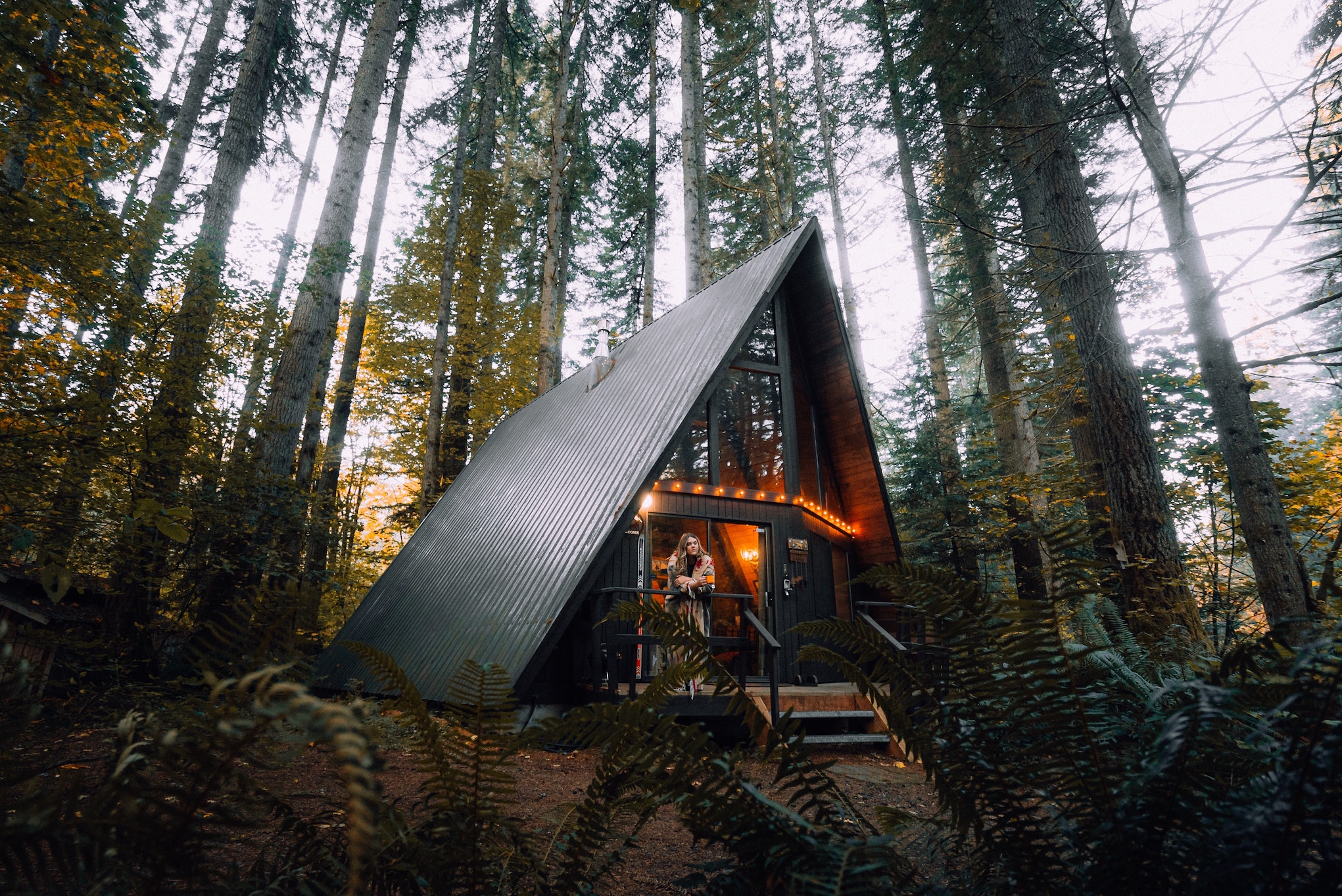
Planning your next stay at a vacation rental? Support the well-being of the planet on your next getaway with these eight eco-friendly tips.
1. Book eco-friendly accommodations
More and more hosts have incorporated eco-friendly practices into their vacation rentals, such as using clean cleaning products, providing recycling or composting, providing bicycles, or installing solar panels. Looking for these amenities or details when booking a vacation rental is one way to secure eco-friendly accommodations—whether it be with Airbnb or another vacation rental booking platform.
You can also book an accommodation with a green building certification. Third-party certifications, such as Leadership in Energy Efficiency and Design (LEED), provide travelers with the peace of mind that the building—whether it be a house, apartment building, or any form of accommodation in between—meets the standards for sustainable and renewable energy initiatives.
2. Use eco-friendly transportation to get to your vacation rental
When possible, use public transportation to get to your accommodations. If you’re driving to your vacation rental, carpooling with your family or friends is the more environmentally friendly option, especially if you rent or drive an electric or hybrid car.
3. Consider walkability
When you’re considering which eco-friendly vacation rental to book, be sure to look up a location’s walkability score. Doing so will help you choose accommodations that are within walking distance to nearby amenities such as restaurants, shops, and cafés. You might also want to consider the distance to public transit stops as well as bike-share and electric scooter-share pick-up points, as these are all eco-friendly options for getting around your destination.
Tip: Leverage TripIt’s Neighborhood Safety Scores to assess the safety of the neighborhood(s) you’ll be walking around. With separate safety scores for day and night, you can make an informed decision as to whether the location of your potential accommodations meets your standards for walkability and safety. You can also set a personal risk level within the Neighborhood Safety Scores feature to receive a warning if you’re planning on visiting an area that exceeds your threshold.
4. Opt for reusable supplies instead of single-use
One of the perks of a vacation rental is that feels-like-home vibe you get when renting out an entire place. Since you’ll have household items and supplies at your disposal, be sure to forego single-use plastic utensils, cups, plates, and the like. Use (and wash!) the reusable ones instead.
The same goes for personal items you might pack to bring along: shampoo bottles, soaps, and other toiletry items. Instead of buying minis that you’ll toss at the end of your trip, opt for reusable bottles or packaging that you can refill time and time again.
Supplemental reading: 10 Tips for Sustainable Travel
5. Watch your water consumption
Make a positive environmental impact during your stay at a vacation rental by limiting your water consumption. This includes reusing towels and sleeping on the same bed linens for the duration of your stay. Keeping your showers short can help to conserve water. Switching to an environmentally friendly sunscreen helps protect the health of rivers, lakes, and oceans.
6. Dispose of your biodegradable refuse responsibly
If you’ve booked a vacation rental away from it all, you may be tempted to toss biodegradable food scraps, like apple cores or peach pits, into the woods. This is a hard no. Not only will this likely attract animals, non-native plants are a threat to local ecology.
If your vacation rental offers it, set aside your food scraps to be composted (which, when done properly, kills the seeds), or at the very least, throw them in a proper trash receptacle.
7. Seek out eco-friendly activities from your vacation rental
While you’re on vacation, be kind to the local ecology by opting for activities that support and promote environmental well-being. Skip the motorized boat and opt for a kayak or canoe if you’re staying near a body of water. Likewise, opt for a bike, e-bike, or electric scooter instead of renting a moped. Going hiking? Remember to leave the trails better than you found them. Bring home any trash and stick to the marked trails to protect the area’s plant and animal life.
Read more: 8 Tips for a Sustainable Car Camping Trip
8. Shop local businesses that promote sustainable practices
If you’re dining out during your trip, eat at restaurants that partake in sustainable practices, such as composting food scraps, recycling, and sourcing local ingredients. You can also decrease the carbon footprint of what you eat during your trip by shopping local. Check out a local farmer’s market for freshly grown and locally made items or head to an orchard for seasonal you-pick produce.
Whenever you can, buy local and support small. Doing so decreases the carbon footprint of what you buy, eat, and wear—and financially supports those who believe in doing the same.

